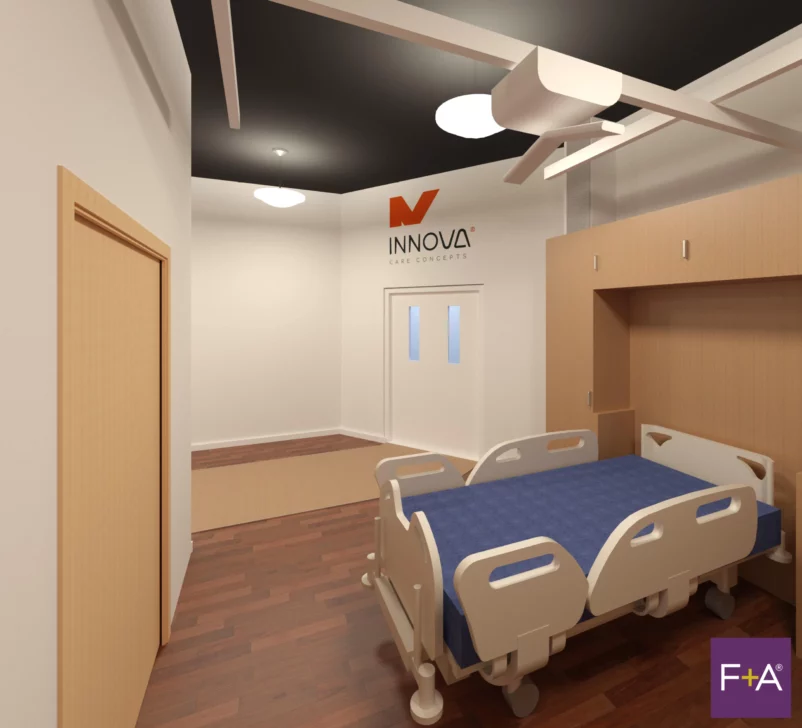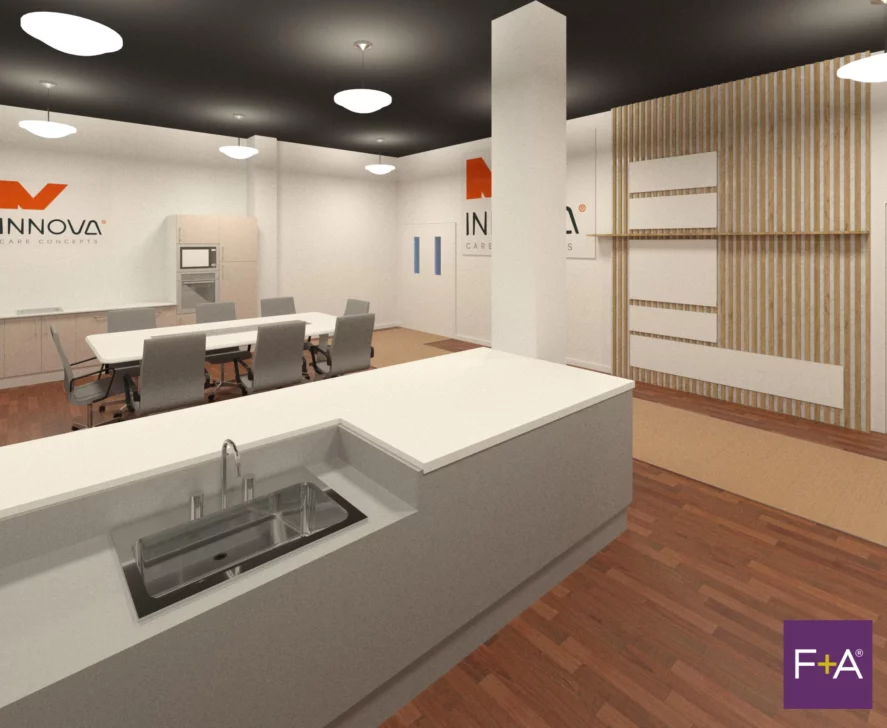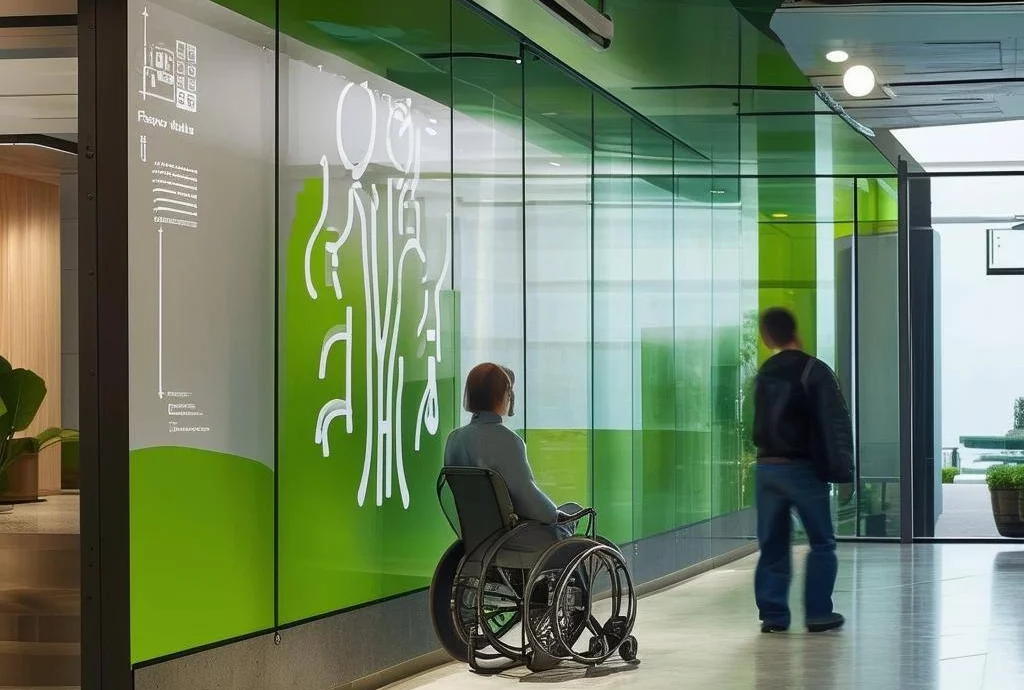Height-Adjustable Furniture: Tailored to Every User
Height-adjustable furniture is revolutionising how we approach accessibility in everyday life. From workstations to kitchens, these adaptable designs cater to diverse user needs, making spaces functional and ergonomic for all.
This trend empowers individuals with mobility impairments by enhancing independence and usability. It also supports ergonomic comfort for people of varying heights and physical abilities. For example, adjustable-height desks in workplaces and schools promote flexibility and comfort, along with kitchens featuring counters that can be raised or lowered to accommodate all users.
When using inclusive design to incorporate height-adjustable furniture, prioritise motorised systems or manual adjustments that are easy to operate. Controls should be intuitive, clearly labelled, and accessible to everyone.

Accessible kitchens: Cooking Up Independence
The kitchen is often the heart of a home, and designing it for accessibility ensures that everyone can participate in cooking and meal preparation with ease.
Accessible kitchens promote independence in cooking, cleaning, and daily kitchen activities. They also encourage empowerment for individuals with disabilities. Installations like pull-out shelves and drawers for easy access to stored items, and appliances with front-facing controls and voice activation for seamless usability can be included for ultimate ease.
To make kitchens more accessible, ensure ample turning space for wheelchair users and mobility aids. Using contrasting colours on surfaces and controls enhances visibility for individuals with visual impairments.

User-Friendly Technology: Smart Solutions for Accessible Living
Technology is a game-changer in the realm of accessibility, giving users the power to control their environments and access support systems effortlessly.
Smart solutions give users with tools to manage lighting, temperature, and security. They also enhance safety with features like fall detection, emergency alerts, and remote monitoring. Things like voice-activated systems for controlling lights, doors, and thermostats, as well as mobile apps designed to assist visually or hearing-impaired users, are great examples of accessible smart technology.
When using inclusive design with user-friendly technology, choose options with straightforward navigation and interfaces. Ensure compatibility with assistive devices, such as screen readers and hearing aids.
Best Practices for Accessibility: Designing for Diverse Needs
Inclusive design thrives on principles that ensure spaces are welcoming and functional for everyone.
Flexibility accommodates a wide range of preferences and abilities. Simplicity ensures designs are easy to understand and use, regardless of ability. Including step-free entrances and wide doorways to accommodate wheelchairs and strollers boosts accessibility, as well as clear signage featuring braille, tactile elements, and high-contrast text for better readability.
To start using these best practices, engage with people with disabilities during the design process to identify real-world needs. Regularly review and update designs based on user feedback and evolving standards.
Conclusion
Inclusive design trends are reshaping how we think about accessibility, and crafting environments that promote independence, safety, and dignity for all. Whether it’s through height-adjustable furniture, accessible kitchens, or smart technology, these innovations highlight the transformative power of inclusive thinking.
By prioritising accessibility, we not only meet the needs of individuals with disabilities but also create functional, welcoming spaces for everyone. Explore our innovative accessible design solutions or contact our team for personalised consultations.

